Innovative program enables faculty to learn from professors outside their fields
By Katie Neitz
A mathematician, an engineer, and a neuroscientist walk into a French class taught entirely in French. They don’t speak the language. How much can they learn from observing the class?
Beaucoup.
Observing how others teach, how they interact with students, and how they cultivate a classroom culture transcends language or subject matter.
Just ask the 16 faculty members who participated in Teaching Squares, a new program offered by Center for the Integration of Teaching, Learning, and Scholarship (CITLS).
Teaching Squares was introduced to Lafayette by Tracie Addy, director of CITLS, who arrived on campus in the fall of 2018 with the goal of integrating programming to enhance the faculty experience. The program has been conducted successfully at other institutions of higher education and Addy felt it would be an excellent fit for Lafayette faculty.
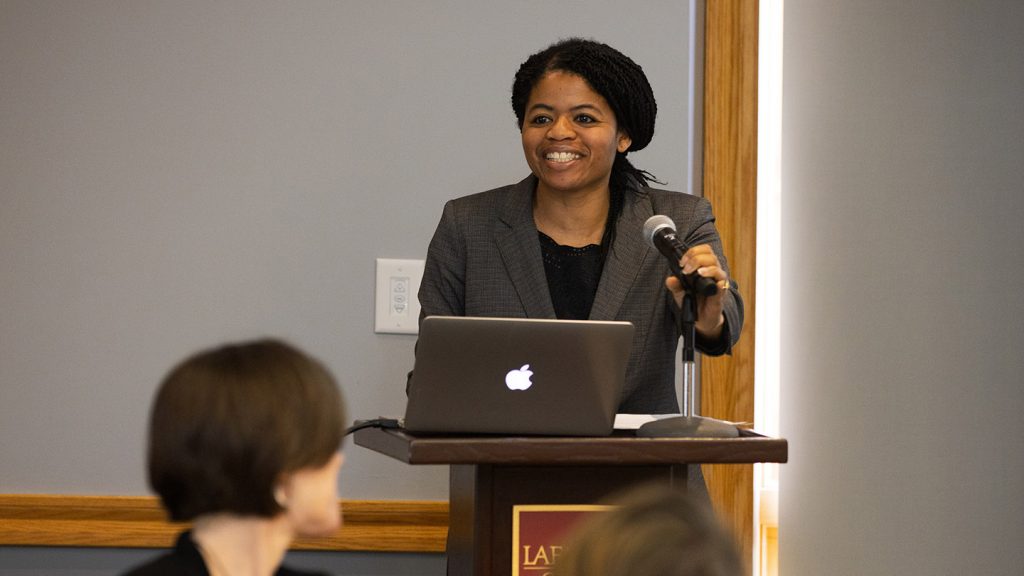
Tracie Addy, director of CITLS, designed Teaching Squares to enhance the faculty experience.
She initiated Teaching Squares with three primary goals in mind: to expose faculty members to new ideas and methods of teaching; to prompt faculty to reflect on their own teaching styles; to build relationships among faculty across disciplines.
Addy divided the 16 participants into four groups of four; each foursome represented a variety of disciplines so that participants would be exposed to lectures, seminars, and discussions outside their own field.
“I think it’s valuable to think about teaching practices within a different discipline,” Addy says. “There are pedological methods that can carry over regardless of discipline. We had 14 different disciplines represented. We also had participants from different stages of their careers, which I also think was important.”
Allison Lewis, assistant professor of mathematics—who was teamed with a French professor, an engineering professor, and a neuroscience professor—says she is grateful she had the opportunity to participate, especially as a first-year professor at Lafayette.
“It gave me an opportunity to network with people outside my department and learn things from professors who represent the Lafayette standard of excellence,” she says. “One thing that I took note of is that I saw other professors doing a really great job of framing their lectures within the bigger picture. I know where we are going; I know how my lectures link together; but it can be easy for me to forget that my students may not know that.”
Her Teaching Squares colleagues expressed similar sentiments.
“I always learn so much by seeing people do,” says Annie DeSaussure, assistant professor of French. “I felt like I was in a foreign-language classroom sitting in on math, neuroscience, and engineering classes. It was really interesting to watch a math class work through a problem together and seeing the students lead the effort. I also gained an appreciation for what our students are able to do in a given day. They go from my classroom, where they have to speak in French, and then transition to these other disciplines.”
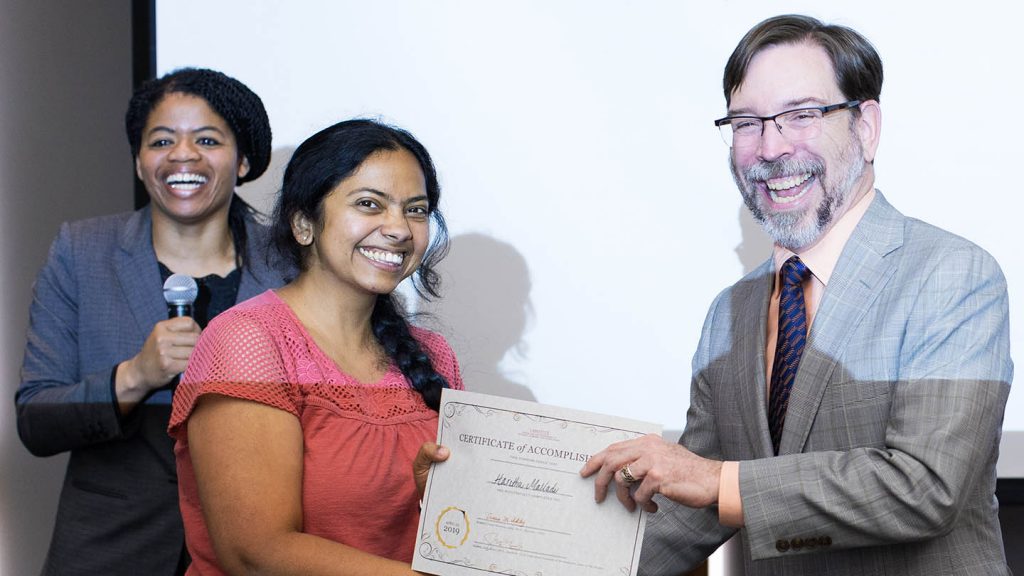
Dean of Faculty John Meier congratulated each faculty member who participated in Teaching Squares.
In April, Addy held a closing celebration to bring all participants together to reflect on their experiences. Dean of Faculty John Meier also attended and expressed his enthusiasm for the program.
![]()
“You have been open to learning from each other,” Meier said to the group. “Here is what other people are doing—what can I take from that? That’s exactly the type of thing that Lafayette faculty members should be doing. I think it’s a really critical thing to do, and I hope that people continue to engage in this model.”
![]()
![]()
Teaching Squares participants included:
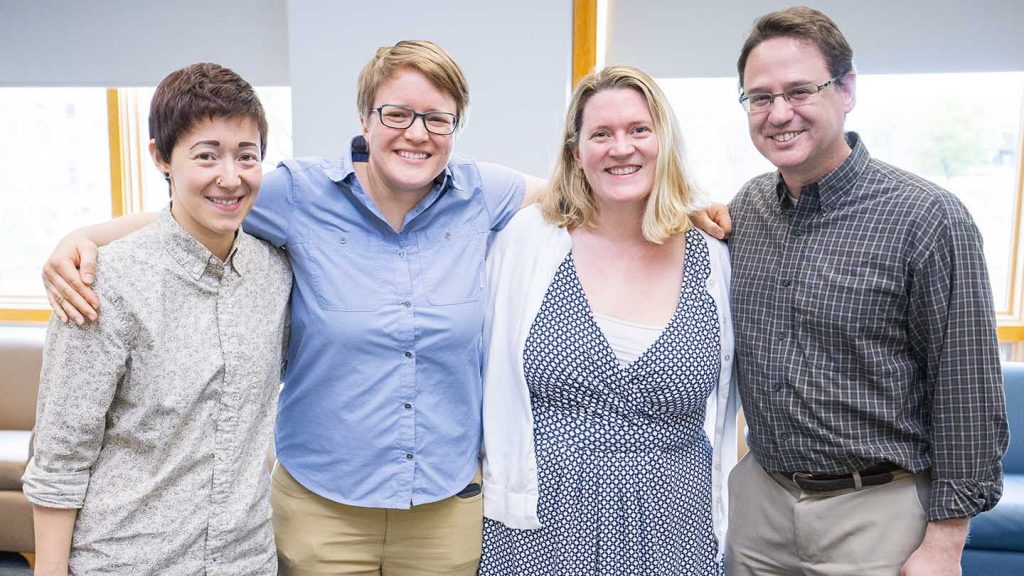
Square 1: Rachel Koh, assistant professor of mechanical engineering; Amy Van Asselt, assistant professor of mechanical engineering; Lauren Myers, assistant professor of psychology; Ethan Berkove, professor of mathematics
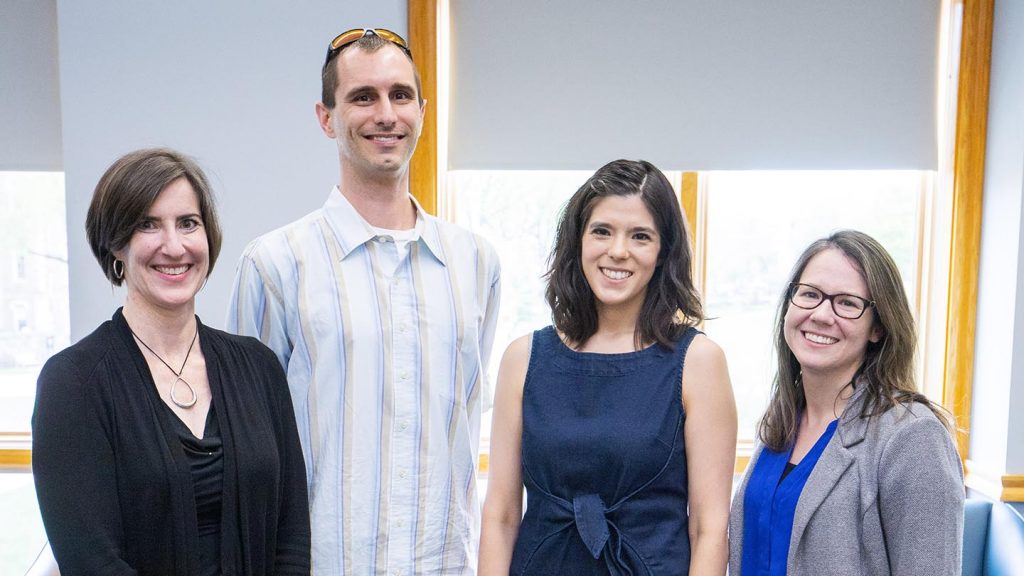
Square 2: Kristen Sanford Bernhardt, chair of engineering studies and associate professor of civil and environmental engineering; Mike Butler, associate professor of biology; Amy Guisinger, assistant professor of economics; Lisa Rastede, visiting assistant professor of chemistry
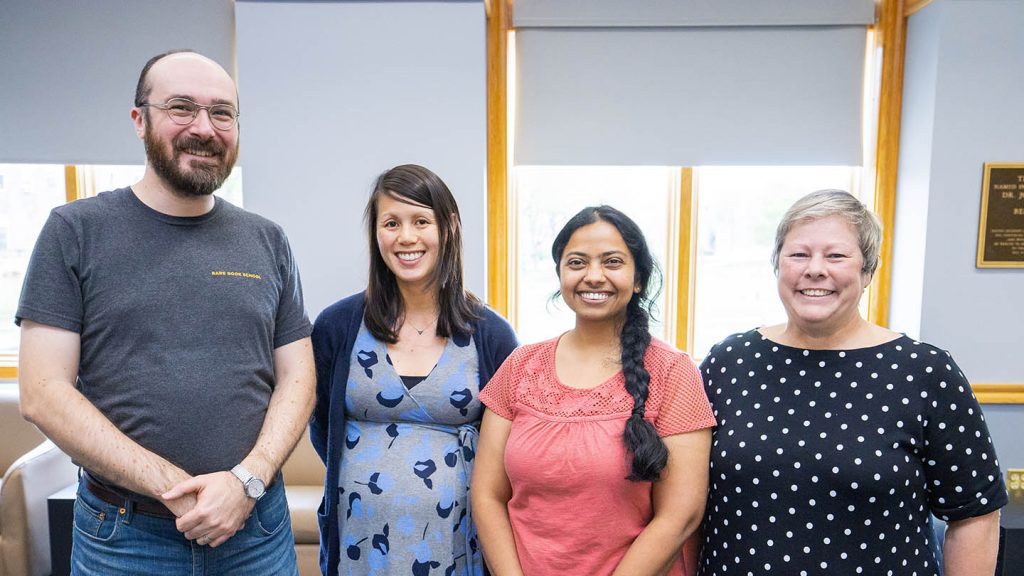
Square 3: Chris Phillips, associate professor of English; Lindsay Soh, associate professor of chemical and biomolecular engineering; Haritha Malladi, visiting assistant professor of civil and environmental engineering; Elaine Reynolds, associate professor of biology and neuroscience
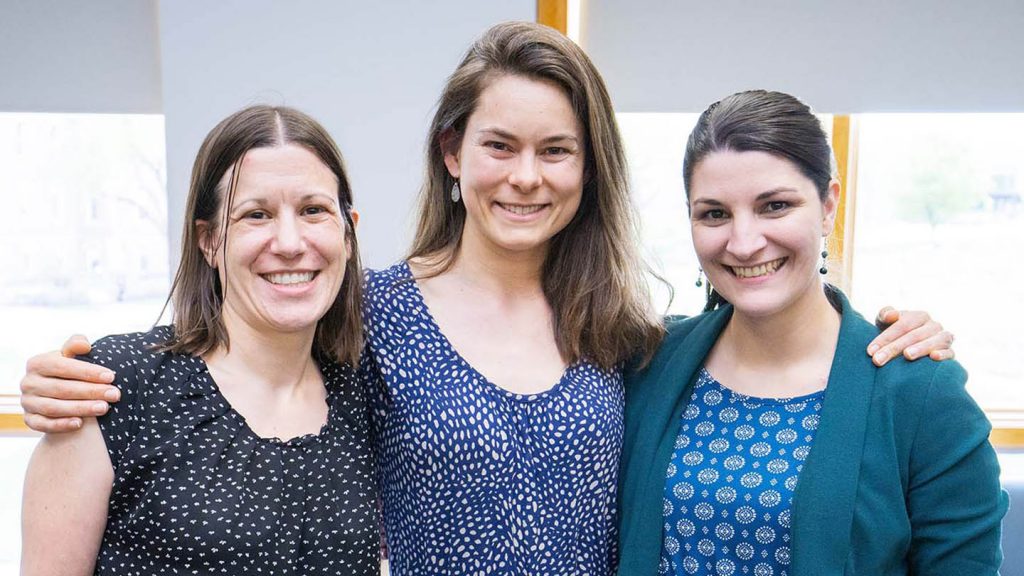
Square 4: Tamara Stawicki, assistant professor of neuroscience; Annie DeSaussure, assistant professor of French; Allison Lewis, assistant professor of mathematics; Polly Piergiovanni, professor of chemical and biomolecular engineering (not pictured)





